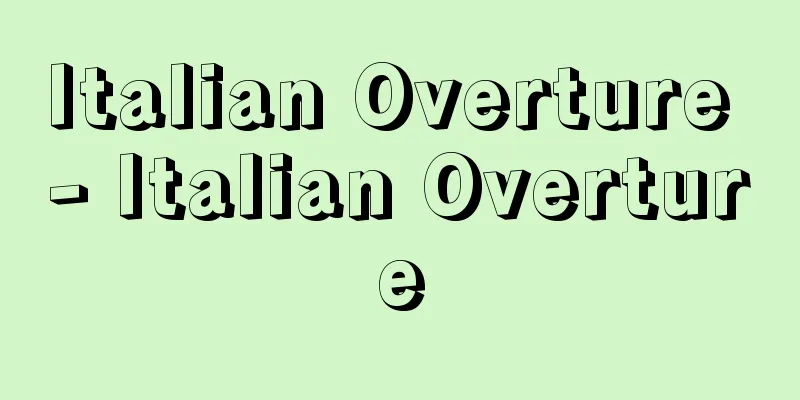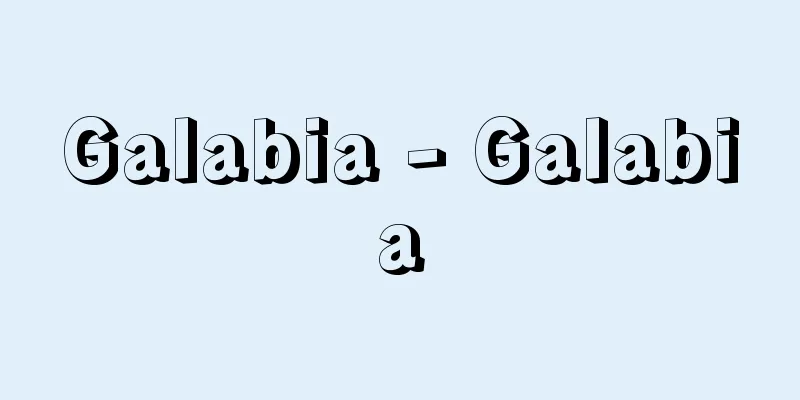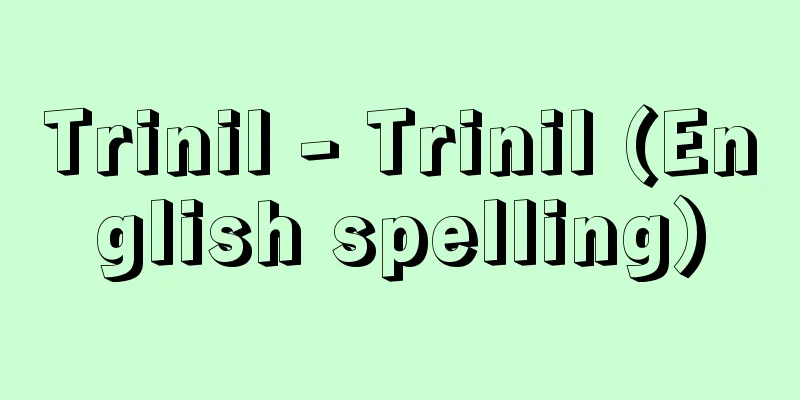Italian Overture - Italian Overture

|
… The precursor to the symphony was the overture to an Italian opera. This was called the sinfonia or Italian overture, and along with the French overture, it became one of the two major overture forms in the 17th and 18th centuries. The history of the sinfonia began with the Neapolitan school's comic operas of the 1680s (A. Scarlatti). … From "Overture"…JS Bach's four suites, commonly known as "Orchestral Suites," are known for their solemn French-style overtures. At the end of the 17th century, the "Italian Overture" appeared, which was a contrast to this style, consisting of fast-slow-fast sections. This style, adopted by A. Scarlatti, who is also considered the founder of the Neapolitan school of music, was characterized by a light, homophonic style, and was also called the sinfonia, which eventually had a great influence on the formation of 18th-century symphonies and sonatas. … From [Sinfonia]…In addition to being the Italian word for symphony, it was also used as the name of various musical compositions of Italian origin. The most important of these was the "Italian overture" of the late 17th century, called sinfonia. It consists of three movements: fast-slow (dance-like)-fast, and was originally an overture to an opera, but later came to be performed on its own. … From the Neapolitan School…The creation and performance of opera was particularly important, and the Neapolitan School's methods of opera and vocal education became a model for 18th-century Europe. They developed the opera that had been brought over from Venice, and contributed to the clear separation of recitative and aria, the establishment of da capo aria and Italian overtures, and the cultivation of virtuoso singing techniques. In addition, after the libretto reforms of Metastasio in the 1720s, they established the two major styles of opera seria and opera buffa, making the Neapolitan School of opera a major part of the history of opera. … *Some of the terms mentioned in "Italian Overture" are listed below. Source | Heibonsha World Encyclopedia 2nd Edition | Information |
|
… 交響曲の前身はイタリア・オペラの序曲である。これは〈シンフォニア〉〈イタリア風序曲〉と呼ばれ,〈フランス風序曲〉とともに17~18世紀の二大序曲形式となった。シンフォニアの歴史はナポリ楽派の1680年代のコメディ風オペラ(A.スカルラッティ)に始まる。… 【序曲】より…〈管弦楽組曲〉と通称されるJ.S.バッハの4曲の組曲はいずれも荘重なフランス風序曲をもつことで知られる。17世紀末に,この書法とは対照的な急―緩―急の部分からなる様式の〈イタリア風序曲〉が登場した。ナポリ楽派の始祖ともされるA.スカルラッティが取り入れたこの様式は軽快で,ホモフォニックな書法を特徴とし,シンフォニアとも呼ばれて,やがて18世紀の交響曲やソナタの形成に大きな影響力をもった。… 【シンフォニア】より…イタリア語で交響曲をさすほか,イタリア起源のさまざまな楽曲の名称としても使われた語。なかでも重要なのは17世紀末の〈イタリア風序曲〉で,これをシンフォニアと呼んだ。急―緩(舞曲風の)―急の3楽章からなり,本来はオペラの序曲で,のち単独に演奏されるようにもなった。… 【ナポリ楽派】より…とりわけオペラの創作・上演は重要で,ナポリ楽派のオペラと声楽教育のメソードは18世紀ヨーロッパでは一つの模範となった。ベネチアからもたらされたオペラを発展させ,レチタティーボとアリアの明確な分離,ダ・カーポ・アリアとイタリア風序曲の確立,名技的な歌唱技巧の涵養等に貢献した。加えて,1720年代のメタスタージオによるリブレット改革を経てオペラ・セーリアとオペラ・ブッファという二大様式を打ち立てるなど,ナポリ楽派はオペラ史上大きな意義をもつ。… ※「イタリア風序曲」について言及している用語解説の一部を掲載しています。 出典|株式会社平凡社世界大百科事典 第2版について | 情報 |
<<: History of Italian Literature
>>: Harold of Italy - Harold of Italy
Recommend
Shanidar (English spelling)
A cave site dating from the Paleolithic to Mesolit...
Money Lending Business Act
This law amended the Money Lending Business Regula...
droit usage (English) droitusage
… [History] Because forests and wilderness areas ...
Three Sorrows - Three Sorrows
A type of melody in Kabuki music. In particular, i...
Hashim b. Hakim (English spelling)
…[Johei Shimada]. … *Some of the glossaries that ...
Individual selection
One of the basic selection operations in plant bre...
Podocarpaceae
…Of these, the species that is distributed the fu...
Valdai Hills (English spelling: Valdaiskaya vozvyshennost')
A hilly region in western Russia. Located roughly ...
kalpa
...The books that set out the rules are also call...
Telidon
...The development of communication technology re...
Lychee (Lichee) - Litchi chinensis (Nephelium litchi); litchi
An evergreen tall tree of the Sapindaceae family, ...
Ibidorhynchus sturthersii (English spelling) Ibidorhynchussturthersii
...One species, the Curlew Sandpiper R. avocetta ...
Opening (fishing) - Kaikou
...In coastal fishing or coastal fishing, when pe...
Freedom of business
It refers to the freedom to choose and pursue a pa...
Equus hemionus (English spelling)
…[Yoshinori Imaizumi]. … From [Donkey] … [Yukio T...







![Higashikawa [town] - Higashikawa](/upload/images/67cc997fcfa28.webp)

